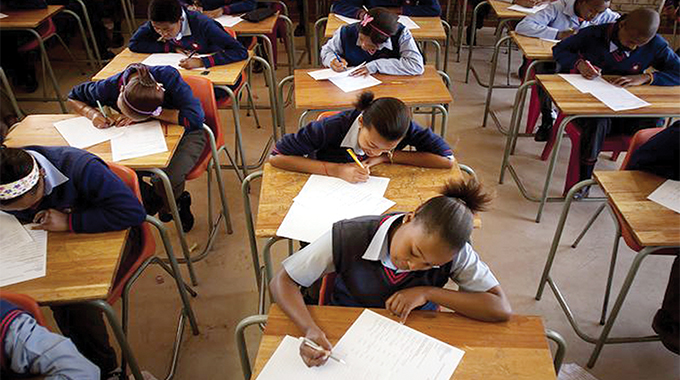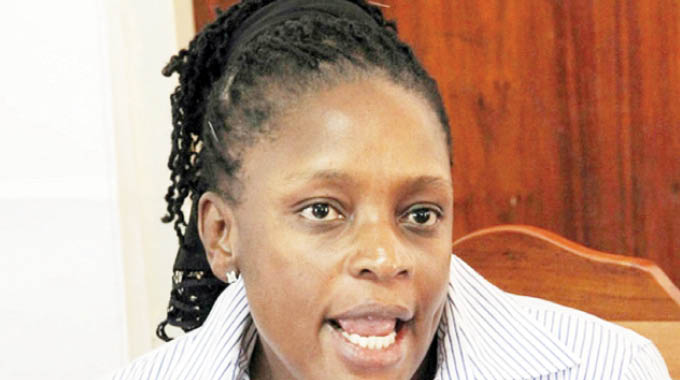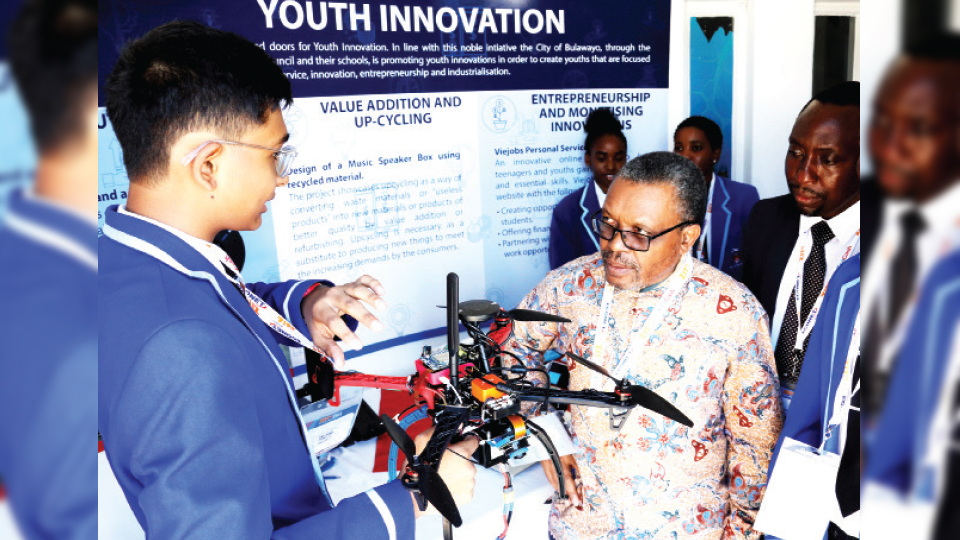‘Transitional Stabilisation Programme yields macro-economic stability’

Oliver Kazunga, Senior Business Reporter
GOVERNMENT has achieved the broad objectives of the Transitional Stabilisation Programme (TSP), which among others has brought macro-economic stability, and the country is now on a sound footing to roll out the first five-year National Development Strategy, Treasury has said.
Speaking in Bulawayo during a meeting on economic reform update yesterday, chief director of communications in the Ministry of Finance and Economic Development, Mr Clive Mphambela, said the Government has succeeded in bringing about fiscal consolidation under the TSP, a two-year economic blue print that the Government launched in October 2018 and expires in December this year.
The TSP marked the commencement of a development journey, which has achieved milestones on fiscal consolidation, monetary policy restoration, liberalisation of the foreign exchange market, structural and governance reforms, re-engagement, investment promotion and support for the productive sectors.
The drive has set in motion a number of infrastructure projects spanning across energy, roads and social services such as water and health provision.
“As a result of the TSP, we have achieved fiscal consolidation; we have achieved external sector balance that was really upsetting and partially we are offsetting the exchange rate and we have largely dealt with currency stability as well as fiscal stability issue in terms of inflation,” he told the gathering.
“So, in a nutshell the broad objectives of the TSP have been achieved. There has been a lot of pain but there has been the pain of adjustment.”
Under the TSP, Government came up with austerity measures as part of initiatives to stabilise the economy in preparation of moving the country towards achieving an upper middle-income status by 2030.
Mr Mphambela said the austerity measures that Government adopted inflicted pain on every citizen as the economy was being adjusted.
“The conversation that we have had is to what extent the pain has been shared equitably across various citizens but we have all felt it. It doesn’t matter were you are whether you are a civil servant, you are in business; we have all felt the cost of adjustment in the past few months.
“But the good thing is stability is now here, the economy is now on a strong footing, things are in balance and are now talking to each other unlike previously where there were so many distortions in the economy to the extent that it was very difficult to manage. Now you are assured that there is almost certainty and stability going forward,” he said.
Among other notable achievement of the broad objectives of the TSP, Mr Mphambela highlighted that the Government has managed to reduce the huge national budget deficits and external deficits while the public service wage bill had been tamed to below 30 percent from over 70 percent preciously.
“So, the TSP set out to correct that but also to lay a strong foundation for private sector-led growth that is sustainable, shared and equitable. On the socio-political front, His Excellence (President Mnangagwa) is pushing a very big agenda for further democratization of the country and that is a very key issue and we enjoy a lot of peace because of that thrust,” he said.
Under the Second Republic led by President Mnangagwa the country envisions an upper middle-income economy by 2030.
In sync with Vision 2030, Mr Mphambela said for the greater part of the year there has been a process to develop the first of the two National Development Strategies (NDS)
Through NDS, Government aims to bolster infrastructure projects deemed crucial for the attainment of an upper middle-income status by 2030.
“We have always had these economic plans but now (under the NDS), there is now a new focus where the national development strategies will obviously be underpinned by annual plans but we are moving in the direction of pursuing Vision 2030. This strategy is based on the integrated results-based management,” said Mr Mphambela.
The end of the TSP marks the beginning of the first 5-year National Development Strategy (NDS1) — (2021-2025); and the second 5-year National Development Strategy (NDS2) —(2026-2030.
Government plans to launch the NDS soon, coinciding with the preparations for the 2021 National Budget. So far, the Ministry of Finance has started rolling out outreach programmes targeting all stakeholders to gather views as part of the wider stakeholder consultations.
The new political administration under President Mnangagwa has pledged to deliver tangible development focusing on infrastructure, and the argument from the Second Republic has been that the country was 20 years behind its regional peers. It is envisaged that through NDS, more jobs would be created across various sectors of the economy as different projects would be mooted and implemented. Many infrastructural projects, including expanding energy infrastructure, airports and roads expansion, are underway.
Works are also underway on the Harare-Beitbridge Highway, with the conclusion of the project primed for 2023. Serious work is also taking place on the dangerous Marongora stretch along the Harare-Chirundu Highway. — @okazunga











Comments